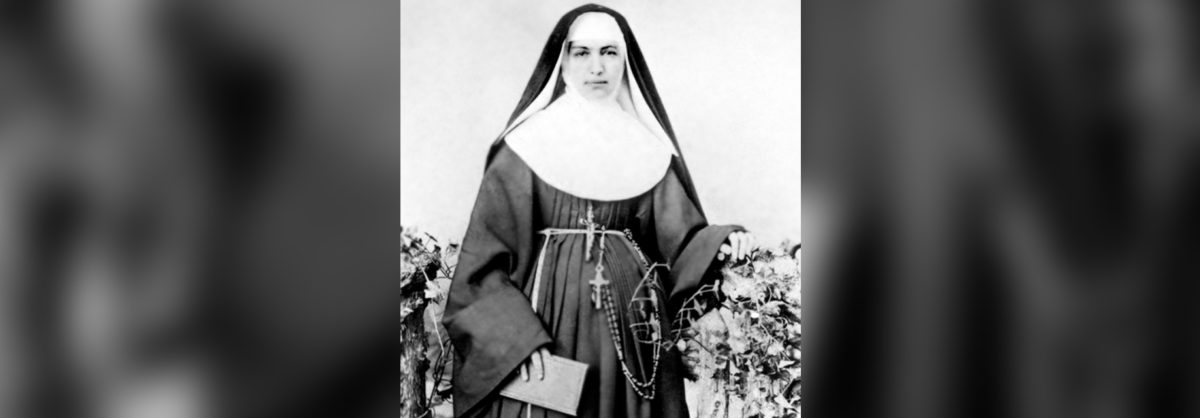I remember when my father-in-law suffered a stroke. He was taken to the hospital by ambulance, and we rushed there to be with him.
Cautiously, I entered his room and saw someone under the blankets in the bed. When his face peered out from under the covers, I took a step back, suddenly unsure if I had the right room.
The shrunken man in the bed did not look like my father-in-law. Grandpa wore flannel shirts and ball caps. He stood tall and walked with confidence. He laughed, smiled, and handed out bags of candy and lottery scratch tickets to kids on birthdays and holidays. This vulnerable person did not look at all like Grandpa.
And yet it was him. In the weeks that followed his stroke, we brought him home to recover, and he was in and out of the hospital with various illnesses and complications. In that time, I came to understand, with greater clarity and compassion, the fragility and preciousness of human life, as well as some of the limitations of our healthcare system.
At one point, Grandpa came down with Covid and was admitted to a local hospital overrun with patients. Because of his diagnosis, he was given a private room, but other patients were not so lucky. I made my way past them as they lay in cots lining the hallway. Some were suffering from obvious physical ailments or injuries, others were in various states of mental distress or confusion.
“Excuse, excuse me, miss,” one man said, reaching out to me as I walked by. He was wearing nothing but a Johnnie, and even that was slipping off one shoulder. He had pulled off his blankets, and they were lying on the floor beside his cot. “I need to get out of here,” he said, “and I would like an itemized receipt when I go.”
I chatted with the man for a moment, helped to replace his covers, and assured him I would ask about the receipt. He was polite, grateful, and a surprisingly pleasant conversationalist. I came away overwhelmed at the thought of all the people languishing in those hallways, largely unseen. The overworked hospital staff was doing the best they could, and yet there were crowds of people in need. How easy it would be to miss seeing the dignity and humanity of each person, and instead only see them as mere objects of neediness and disease.
Our faith calls us to respect the dignity and humanity of each person, whether it be an unborn baby, disabled child, poor person on the street, elderly parent, or confused patient in a hospital hallway. This is the kind of teaching that can sound nice when you read about it, but can be quite different in reality. Even scary.
One person who surely saw the vulnerability of human suffering firsthand is St. Marianne Cope, a Sister of Saint Francis, and an American saint whose feast day we celebrate on January 23.
In 1883, St. Marianne received a request from King Kalãkaua of Hawaii toto help care for people who were suffering from leprosy, a deadly illness known for being extremely contagious.
She responded by letter:“I am hungry for the work and I wish with all my heart to be one of the chosen ones, whose privilege it will be to sacrifice themselves for the salvation of the souls of the poor Islanders … I am not afraid of any disease, hence it would be my greatest delight even to minister to the abandoned ‘lepers.’”
In Hawaii, St. Marianne Cope capably managed an overcrowded hospital and eventually even cared for Father Damien of Molokai, a future saint who was renowned for his ministry of caring for those suffering from leprosy. After his death, St. Marianne continued his important work until her own death in 1918. She was canonized by Pope Benedict XVI in 2011.
St. Elizabeth Ann Seton was another American saint, born decades before St. Marianne Cope, who was unafraid to embrace fellow human beings in moments of illness, weakness, and great suffering.
Elizabeth’s husband, father, and two of her daughters died in her arms. While in quarantine for weeks with her deathly ill husband William, after a long voyage to Italy, she cared for him as he lay “on the bricks without fire, shivering and groaning, lifting his dim and sorrowful eyes, with a fixed gaze in my face while his tears ran on his pillow without a word.”
Throughout her life, despite her own illness and trials, Mother Seton would continue to care for her dear family members with great love, and go on to found the Sisters of Charity of St. Joseph’s, the first congregation of women religious in the United States. She became the mother of many thousands of spiritual daughters, who to this day care for the poor and suffering in schools, hospitals, orphanages and beyond.
We are all called to see and care for others with love by recognizing their God-given dignity. Not every person we meet will be as needy as a leper on Molokai, or a hospital patient near death, but every human being is worthy of being seen and loved.
Who is God inviting me to see and love today? Perhaps a surly teenager, a husband with a head cold, or a stranger in line at the post office? With St. Marianne Cope and St. Elizabeth Ann Seton as my guides and inspiration, I pray that I will see them all and love them well.
DANIELLE BEAN is a writer and popular speaker on Catholic family life, parenting, marriage, and the spirituality of motherhood. She is the former publisher and editor-in-chief of Catholic Digest, and the author of many books, including Momnipotent, You’re Worth It! and You Are Enough. She is also creator and host of the Girlfriends podcast. Learn more at DanielleBean.com.
Image: Public Domain
This reflection was previously published. Click here to view all our Seton Reflections.
